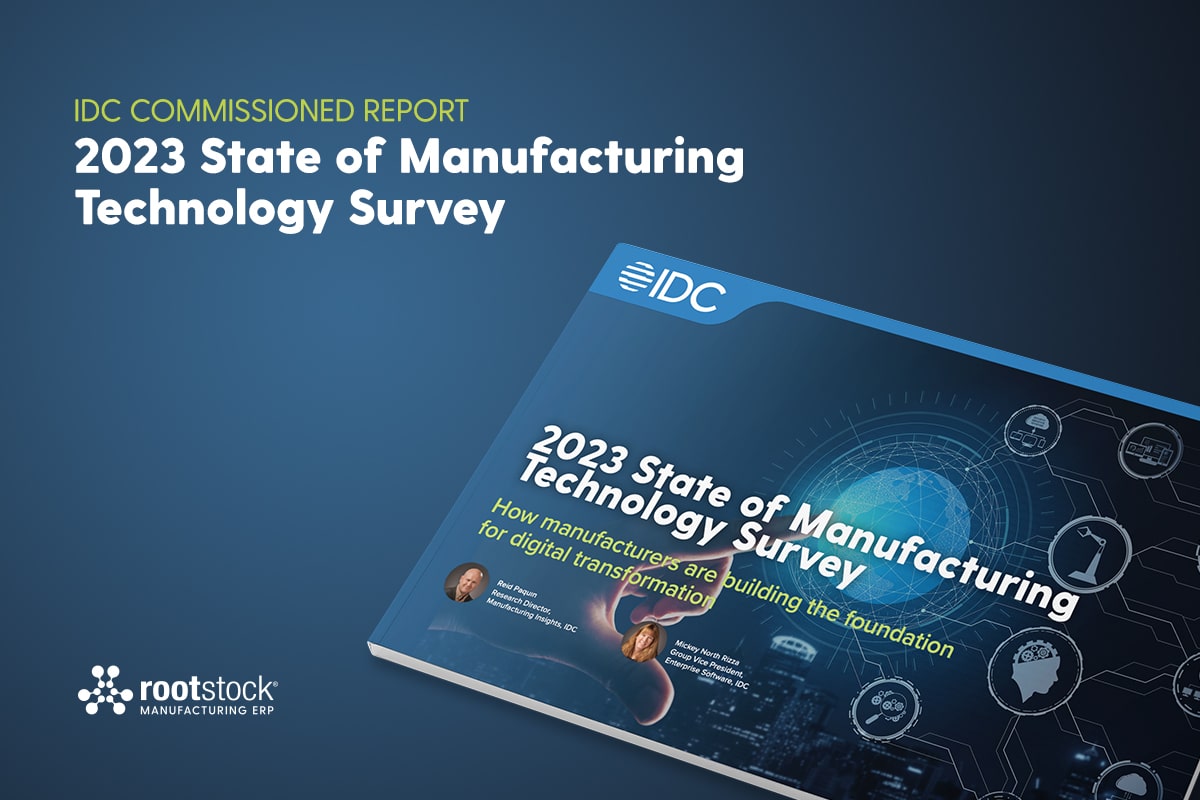
Managing the Known Knowns
For any successful manufacturing business, there are a few fundamental success factors that clearly distinguish them: Customer Obsession, Operational Excellence, Data-Driven Decisions. Building a strong digital foundation is core to these success factors. A 360-degree view of customers and manufacturing operations is essential to drive economies of scale with a focus on growth and profitability. A book of business with high-value customers and channel partners who have helped build a strong business requires a different type of engagement that includes long-term agreements and rebate structures that will drive incentives for volume-based business. Successful manufacturers also have great operators who understand materials planning, production planning, manufacturing processes, shop-floor operations, inventory management, and vendor relationships. Such operators rely on holistic enterprise resource planning (ERP) to drive operational excellence with a focus on lowering costs. Managing costs, receivables, payables, maintaining an accurate general ledger for financial reporting and compliance also become critical components. Having a digital strategy that includes all of the above gives any manufacturer an essential 360-degree view of their entire enterprise. This is a critical step to effectively manage the known knowns.
Dealing with the Known Unknowns
Like in any business, anticipation is key to success for any manufacturer. Predicting the demand with a reasonable confidence level based on known variables like historical business, seasonality, trends in the economy (inflation, interest rates, disposable incomes) can help reduce risks that come from excess production, inventory costs, and capital investments in machinery. On the other hand, the business is at risk of losing customer trust—and their business—because of stock-out situations. Accurate forecasting using modern forecasting models that leverage data inside and outside the confines of the enterprise can help optimize production capacity, reduce inventory costs, and increase profitability. A good forecasting model will include all known variables that can possibly impact your business. Automating that process will give the manufacturer additional capabilities to understand the demand and adjust supply with production capacity adjustments to effectively deal with the known unknowns.
Facing the Unknown Unknowns
Great manufacturers know that the key to dealing with uncertainty is agility. There are times when great planning, forecasting, and having control over the controllable is not enough. The business needs to be agile and nimble to deal with a steep decline or dramatic increase in demand. Businesses leaders must think on their feet to meet these uncertainties. The key for agility is not only to have flexibility in increasing or decreasing production capacity but to do it with the right data points that do not shake the profitability of the business in the long term. A unified data strategy with the right technology that makes it possible to run simulations to predict an optimal state of operations will be critical to weathering the storm. This is where a strong digital core that provides a single source of truth in one place makes it easier to coordinate all the moving parts in the business: production, procurement, inventory, resources, etc. when the unknown unknowns try to destabilize the business.
So, where can manufacturers turn to manage a strong book of business and grow it sustainably? Consider Manufacturing Cloud from Salesforce that brings #1 CRM offering with advanced capabilities to manage Sales Agreements, Advanced forecasting, and Rebate Management functionality. Rootstock Cloud ERP, built natively on the Salesforce Platform, delivers a best-in-class solution to drive successful manufacturing operations covering Order-to-Cash, Procure-to-Pay, and Manufacture-to-Inventory. The combination of Salesforce Manufacturing Cloud and Rootstock Cloud ERP has all the essentials to help manufacturers achieve a 360-degree view of their enterprise. Manufacturers now benefit from insights from a unified data model using Tableau CRM; build amazing experiences with a Low-Code approach using Lightning Flows, bring a collaborative workforce together with Slack for smart, data-driven decisions; and use the ever-expanding AI/ML capabilities with Einstein to drive better predictive capabilities for their business.
At Rootstock, we are truly excited about the possibilities of the combined offering with Salesforce Manufacturing Cloud and Rootstock Cloud ERP that can bring a modern digital core to manufacturers. Connect with us to see how we can help manufacturers drive a more sustainable and profitable business.






